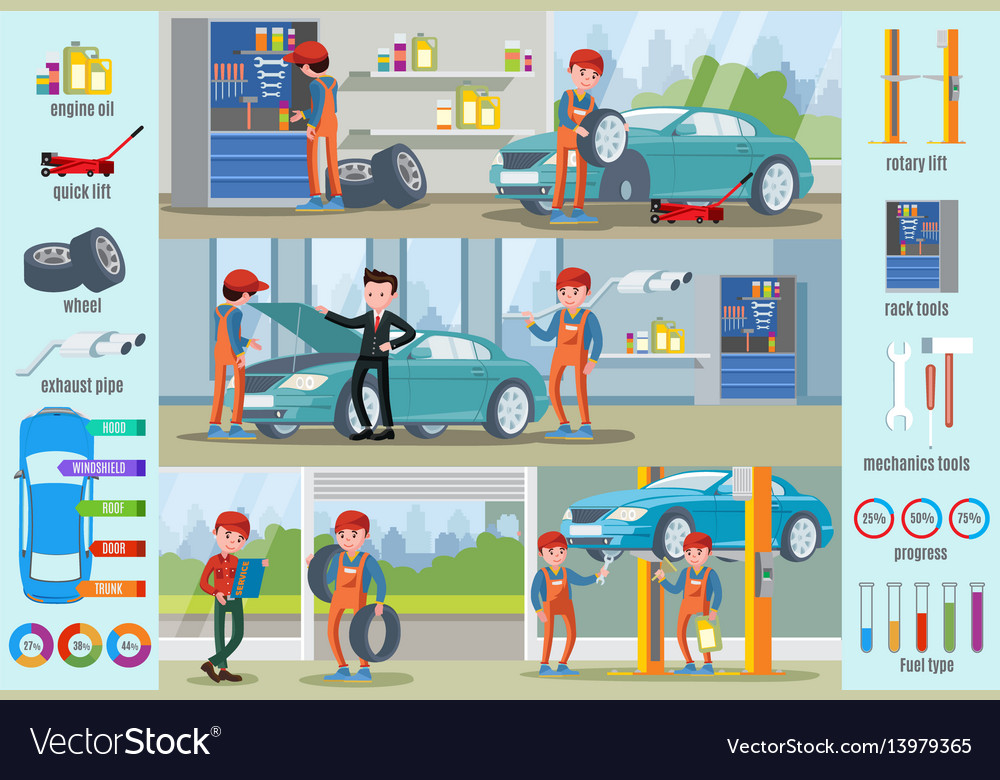Interested Regarding Those Control Panel Warning Lights In Your Automobile? Discover What They Mean For Your Automobile'S Health And Safety
Interested Regarding Those Control Panel Warning Lights In Your Automobile? Discover What They Mean For Your Automobile'S Health And Safety
Blog Article
Web Content By-Hartley Winters
When you lag the wheel, those glowing warning lights on your control panel can be a bit difficult. Do you understand what they're attempting to inform you about your automobile's health? Understanding https://www.kcur.org/arts-life/2022-01-29/hanks-auto-repair-the-neighborhood-garage-of-39th-street-will-close-after-67-years of these lights is vital for your safety and security and the longevity of your car. So, https://rylanhxnkb.dreamyblogs.com/30298058/improve-your-car-outlining-abilities-with-seasonal-strategies-to-maintain-your-car-s-shine-and-security-uncover-techniques-to-conquer-the-certain-hurdles-of-every-period following time among those lights turns up, wouldn't you intend to decode its message accurately and take the needed actions to address it?
Common Warning Lighting and Interpretations
Determine usual warning lights in your auto and understand their significances to guarantee secure driving.
The most typical caution lights consist of the check engine light, which signals issues with the engine or exhausts system. If this light begins, it's vital to have your automobile examined without delay.
The oil stress alerting light shows reduced oil stress, needing prompt interest to stop engine damages.
A flashing battery light could suggest a damaged charging system, potentially leaving you stranded if not attended to.
The tire stress surveillance system (TPMS) light alerts you to low tire pressure, affecting vehicle security and gas effectiveness. Overlooking this might lead to risky driving problems.
The ABS light suggests an issue with the anti-lock braking system, endangering your ability to stop swiftly in emergency situations.
Last but not least, the coolant temperature level cautioning light warns of engine overheating, which can result in serious damage if not fixed swiftly.
Understanding these usual caution lights will help you attend to problems without delay and maintain secure driving conditions.
Relevance of Prompt Interest
Recognizing the typical warning lights in your vehicle is just the initial step; the value of promptly attending to these cautions can not be emphasized sufficient to guarantee your safety and security when traveling.
When a warning light illuminates on your dashboard, it's your auto's means of communicating a potential problem that requires interest. Ignoring these warnings can bring about a lot more extreme problems down the road, jeopardizing your safety and security and possibly costing you much more out of commission.
Prompt focus to alerting lights can avoid break downs and crashes. For example, a flashing check engine light might suggest a misfire that, if left unattended, might create damages to the catalytic converter. Resolving this quickly can save you from a costly fixing.
In a similar way, a brake system cautioning light may indicate low brake fluid or worn brake pads, crucial elements for your safety when driving.
DIY Troubleshooting Tips
If you notice a warning light on your control panel, there are a couple of DIY repairing suggestions you can try before looking for specialist aid.
The very first step is to consult your automobile's guidebook to comprehend what the particular warning light indicates. Occasionally the issue can be as straightforward as a loose gas cap triggering the check engine light. Tightening the gas cap may resolve the trouble.
An additional typical concern is a reduced battery, which can trigger various alerting lights. Checking the battery links for corrosion and ensuring they're protected may take care of the problem.
If a caution light continues, you can attempt resetting it by detaching the vehicle's battery for a couple of minutes and afterwards reconnecting it. Additionally, examining your car's liquid levels, such as oil, coolant, and brake liquid, can help fix cautioning lights related to these systems.
Final thought
To conclude, understanding your vehicle's caution lights is vital for keeping your automobile running smoothly and securely. By quickly addressing these signals and recognizing what they suggest, you can avoid pricey repair work and potential failures.
Remember to consult your cars and truck's guidebook for particular information on each alerting light and take action as necessary to make certain a hassle-free driving experience.
Stay informed, remain risk-free when traveling!
